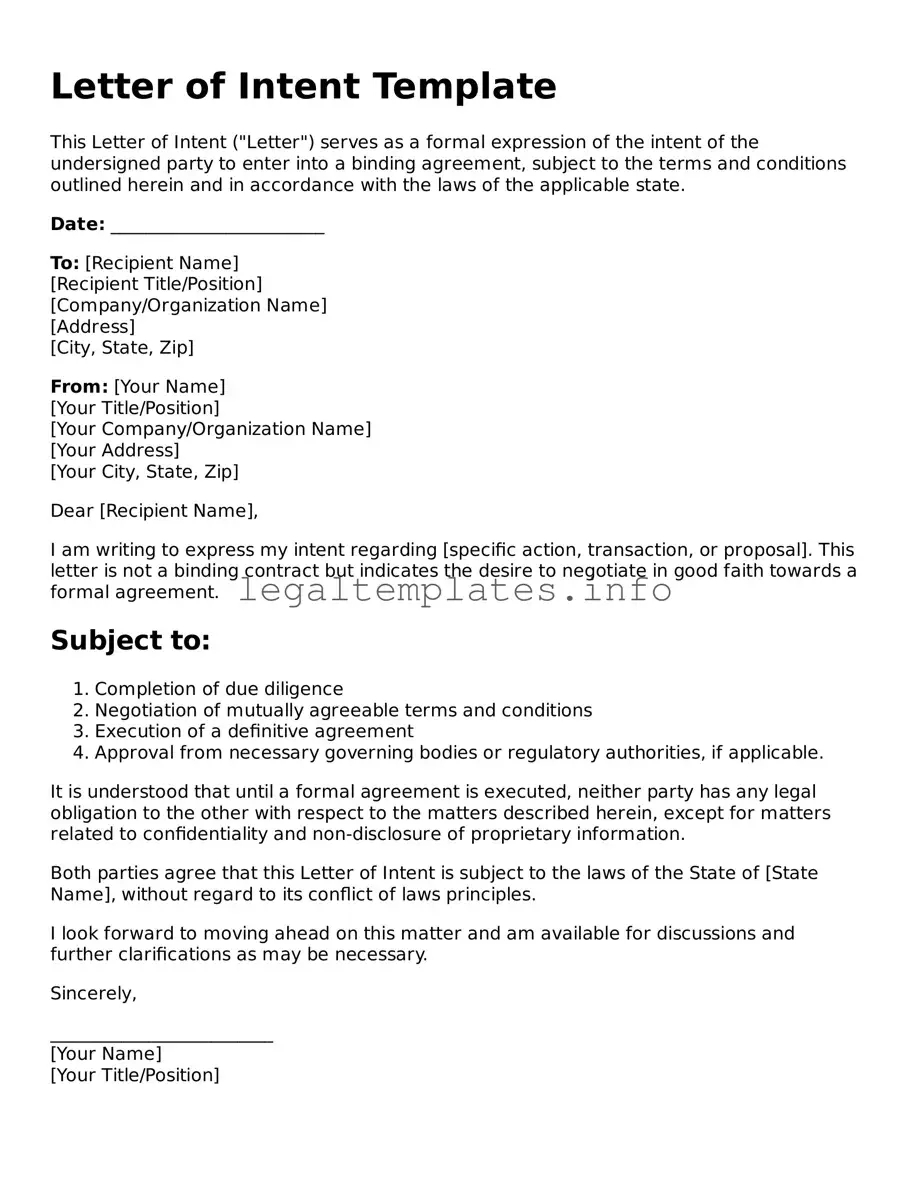A Memorandum of Understanding (MOU) shares similarities with a Letter of Intent (LOI) as both serve as preliminary agreements before a formal contract. An MOU outlines a mutual agreement on a project or partnership between two parties, detailing their roles and responsibilities, much like an LOI sets the stage for future negotiations. While not legally binding, it underscores the serious intentions of the parties to move forward.
A Term Sheet, often used in financial transactions, closely resembles an LOI as it outlines the terms and conditions of a deal. Like an LOI, a Term Sheet provides a blueprint for negotiations, laying out the key points like valuation, capital structure, and milestones. Although it doesn't bind the parties legally to complete the transaction, it signifies a commitment to pursue the deal under the agreed terms.
A Purchase Agreement, while more detailed and binding than an LOI, shares the essence of outlining terms for a specific transaction. LOIs often precede such agreements by indicating the preliminary agreement to the sale of goods or services, including price and delivery terms, thus acting as a foundation for the detailed, legally binding purchase agreement that follows.
A Partnership Agreement, unlike an LOI which is more of a preliminary gesture, officially establishes the structure, responsibilities, and profit-sharing mechanisms of a partnership. However, they both play crucial roles in the formation stages of any business deal or partnership by setting expectations and laying the groundwork for a more elaborate legal document to follow.
Non-Disclosure Agreements (NDAs) protect confidential information, a principle also inherent in many LOIs, especially when business negotiations involve sharing sensitive data. An LOI might include confidentiality clauses or be accompanied by an NDA to safeguard any exchanged information during the negotiation phase, stressing both documents' focus on privacy and information security.
A Heads of Agreement, similar to an LOI, is used in international transactions and outlines the main aspects of a deal before a detailed contract is drafted. While both documents are generally not legally binding, they mark a significant step towards formalizing an agreement, capturing the key terms and mutual understanding reached during negotiations.
An Employment Offer Letter, which outlines the terms of employment, including salary, position, and responsibilities, bears resemblance to an LOI in its function of indicating a preliminary understanding. Although typically more specific and often leading to a binding employment contract, it serves the same purpose of initiating a formal relationship based on agreed-upon terms.
An Option Agreement gives the holder the right, but not the obligation, to enter into another agreement in the future, such as buying shares or property. This concept mirrors an LOI's role in marking an initial agreement to negotiate a future transaction, laying the groundwork for a possible formal agreement but not committing either party to final terms immediately.
Lastly, a Grant Proposal, while distinct in its purpose of seeking funding rather than outlining a business deal, aligns with an LOI in laying out preliminary plans and intentions. Both documents are used to convey a vision and garner support or approval before moving on to more detailed agreements and both serve to establish an initial framework for further discussion and planning.
